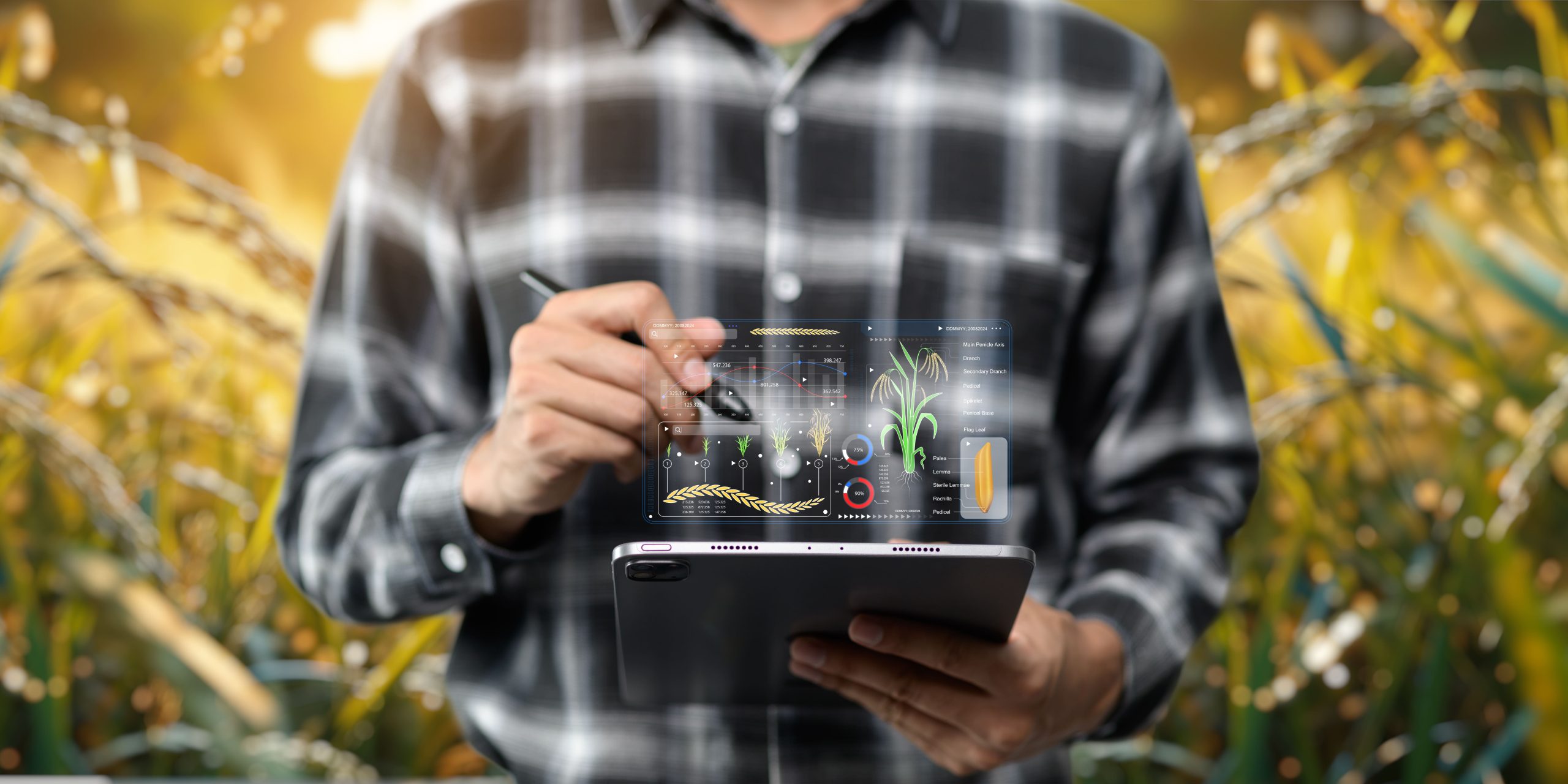The agriculture industry is undergoing a profound transformation, driven by digital technologies, data intelligence, and sustainability imperatives. From precision farming and satellite-based soil mapping to AI-led crop monitoring, digital ecosystems are reshaping how agricultural products are developed, evaluated, and optimized.
In this evolving environment, success for agribusinesses no longer depends solely on product performance in isolation, but on how those products compare across regions, conditions, and competitors. Whether it’s a hybrid seed, fertilizer blend, farm equipment, or irrigation system, understanding relative performance through data-driven benchmarking is becoming a critical differentiator.
Digital farming benchmarking platforms bring science and strategy together, combining agronomic data, regional performance metrics, and competitive analytics to help organizations build smarter, more resilient product portfolios. For agri-input manufacturers, equipment producers, and agri-tech innovators, this intelligence enables evidence-based decision-making that aligns with both market realities and sustainability goals.
Benchmarking, thus, is emerging as a key enabler of modern agri-product strategy, helping companies move from intuition-led development to data-backed innovation and measurable competitive advantage.
Why Benchmarking Matters in Modern Agri Product Strategy
Agriculture today operates at the crossroads of technology, sustainability, and market competitiveness. As climate uncertainty, input cost pressures, and regional yield disparities intensify, agribusinesses need precise visibility into how their products perform across different environments and against global leaders. Benchmarking provides this visibility, turning agricultural data into actionable intelligence for innovation and strategy.
- Driving Product Performance Visibility: Benchmarking enables agri-input manufacturers and equipment producers to evaluate their products’ performance across diverse agro-climatic zones. This helps identify strengths, weaknesses, and opportunities for improvement in design and formulation.
- Accelerating Innovation and R&D Direction: By comparing feature innovation, formulation chemistry, and digital integration with market leaders, benchmarking guides R&D teams toward high-impact innovation areas, whether in nutrient blends, seed genetics, or precision machinery enhancements.
- Improving Resource Efficiency: Digital benchmarking tools capture data on water usage, soil nutrient retention, and energy consumption, providing insights that help manufacturers design sustainable, resource-efficient products aligned with modern farming needs.
- Enhancing Market Responsiveness: Benchmarking helps agri-businesses align their products with emerging farmer preferences ensuring market fit and faster adoption.
- Strengthening Sustainability and ESG Alignment: Through digital tracking and analytics, benchmarking reveals how global leaders embed low-carbon materials, recyclable packaging, and eco-friendly formulations into their products. These insights enable firms to integrate sustainability at the core of product strategy.
In essence, benchmarking transforms agricultural product management from a seasonal, region-specific exercise into a continuous intelligence loop, one that empowers agribusinesses to innovate faster, operate smarter, and compete sustainably on a global scale.
Nexdigm’s Digital Farming Product Benchmarking Framework
Nexdigm’s Digital Farming Product Benchmarking Framework integrates agronomic expertise, market intelligence, and digital analytics to help agribusinesses optimize their product portfolios through data-backed insights. It enables seed producers, fertilizer manufacturers, agri-tech firms, and farm equipment makers to quantify competitiveness, identify performance gaps, and guide product innovation strategies aligned with global agricultural trends.
- Agri Ecosystem and Peer Mapping: Nexdigm begins by mapping peer ecosystems across seed, fertilizer, crop protection, machinery, and irrigation segments. This ensures benchmarking reflects regional diversity, climatic conditions, and technology maturity, enabling clients to compare performance against relevant market leaders and innovators.
- Digital and Agronomic Benchmarking: The framework uses data from IoT sensors, satellite imaging, and digital farming platforms to evaluate parameters like yield improvement, soil health impact, resource efficiency, and adaptability to mechanization. These insights help organizations determine how effectively their products perform under varied farming practices.
- Sustainability and Resource Utilization Indexing: Nexdigm benchmarks water usage efficiency, carbon footprint, and nutrient optimization metrics to help companies embed sustainability directly into product design, aligning innovation with ESG priorities and climate-smart agriculture goals.
- Technology Integration and Adoption Analytics: By assessing the penetration of smart farming tools. Nexdigm helps clients understand their digital readiness relative to leading agricultural innovators.
- Strategic Product Roadmap Development: Benchmarking outcomes are translated into actionable product roadmaps, recommending enhancements in formulation, design, pricing, and distribution models. This ensures each product aligns with market expectations, farmer needs, and future regulatory directions.
Through this end-to-end approach, Nexdigm transforms agricultural benchmarking into a strategic enabler for innovation, competitiveness, and sustainability, helping agribusinesses cultivate smarter products for the next generation of digital farming.
To take the next step, simply visit our Request a Consultation page and share your requirements with us.
Harsh Mittal
+91-8422857704

